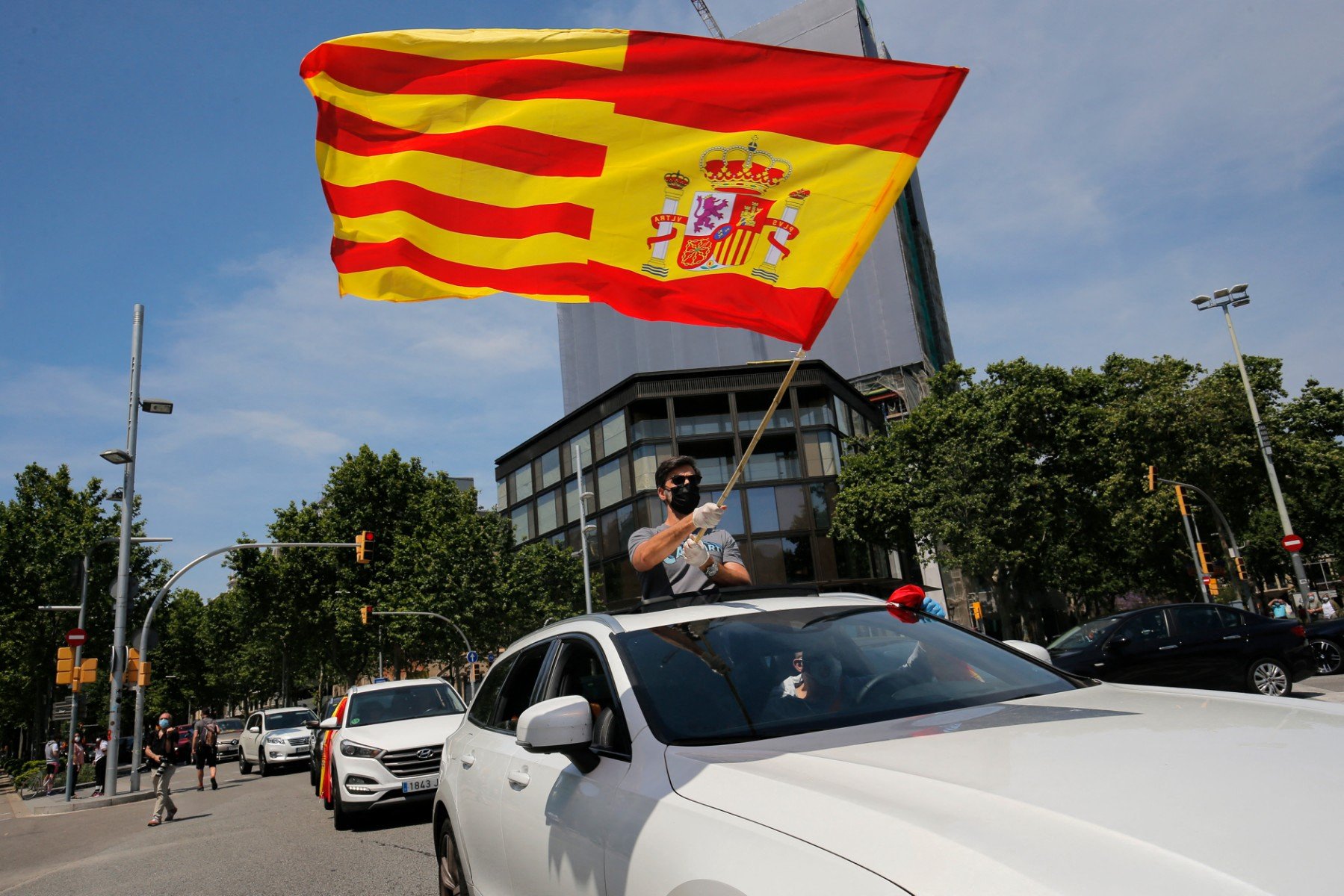The number of Spaniards living abroad continues to rise, reaching a record level of almost three million people in 2023. In total there are 2,908,649 Spaniards living outside Spain, the highest figure since records began. This is according to data collected for the Padrón de Españoles Residentes en el Extranjero (PERE) by Spain’s National Statistics Institute (INE).
Since the database was started in 2009, the number of Spaniards living abroad has increased by a staggering 97 percent, meaning that around 1.5 million Spaniards have left the country in that time.
However, less than a third of Spanish nationals living abroad were actually born in Spain (855,303 people) whereas well over half (1,706,529 people) were born in their current country of residence, the majority of them in Latin America.
READ ALSO: Foreigners account for almost 100% of Spain’s population increase
By continent, 58.7 percent are resident in the Americas, 37.7 percent in Europe, and just 3.6 percent around the rest of the world, although the largest increases in 2023 in relative terms were in Asia (7.9 percent) and Africa (4.8 percent).
In terms of age breakdown, the results are unsurprising. Just 15 percent of Spaniards living abroad are under 16.
62 percent are of working age, that is to say, between the ages of 16-64, and 22 percent are over 65.
By continent, 58.7 percent of those registered were resident in the Americas, 37.7 percent in Europe and 3.6 percent around the rest of the world.
By country, the highest number of Spanish nationals live in Argentina (482,176), France (310,072) and the United States (206,278). However, Mexico is the country that has experienced the greatest increase, with a total of 15,918 Spaniards registered in the last year alone.
This is no coincidence, as Spain’s Democratic Memory Law established the Grandchildren’s Law (Ley de Nietos), which opened up citizenship routes to descendants of victims of the Spanish Civil War and the subsequent dictatorship and potentially grants citizenship hundreds of thousands of people around Latin America.
READ ALSO: Spain’s new ‘grandchildren’ citizenship law: What you need to know
The ‘brain drain’
With rising housing costs and consistently poor job prospects for younger, educated Spaniards, the INE data confirms the long-established ‘brain drain’ affecting the Spanish labour market and economy more broadly. The issue has become significant enough that the Ministry of Social Security recently outlined plans for a strategic plan to try and entice Spaniards living abroad back to the country.
With almost 1.7 million Spaniards of working age abroad, the Ministry plans to try and tempt them back by increasing the budgets for aid given to returnees, and will place a special emphasis on health and educational professionals, as well those working in the social and cultural sectors.
On a regional basis, the parts of Spain where the most people are leaving are Galicia, Madrid, Catalonia, Andalusia and the Canary Islands.
A recent study by BBVA and the Valencian Institute of Economic Research (IVIE) estimated the impact of the loss of Spain’s educated workforce, concluding that the roughly 400,000 Spaniards with higher education qualifications who left the country in 2022 represented a loss of wealth equivalent to 1 percent of the total value of the labour force available to the Spanish economy.




 Please whitelist us to continue reading.
Please whitelist us to continue reading.
Member comments